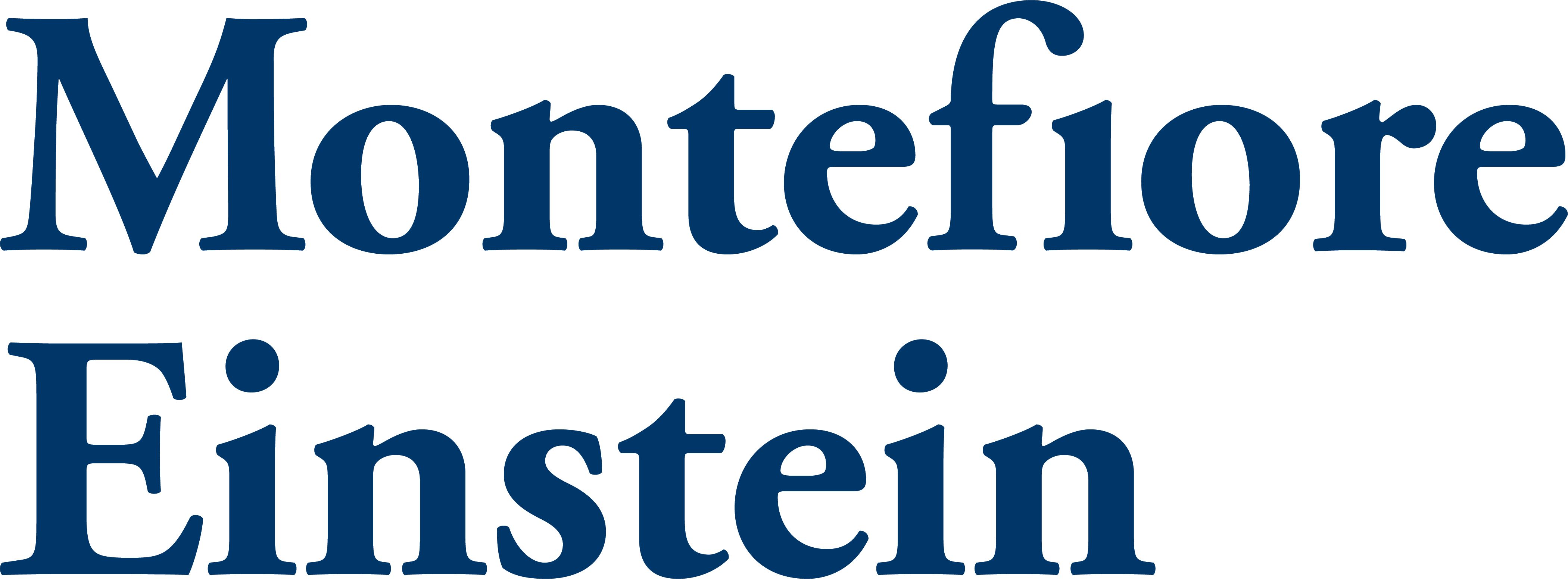
Kidney stone treatment inches toward precision medicine

"As more genes are classified and catalogued, diagnosis and treatment of kidney stones inches further and further toward 'precision medicine,' " write Rutul Patel, DO, MS, and Alexander Small, MD.
Disruptions in renal solute/solvent excretion and reabsorption caused by metabolic, biophysical, environmental, and genetic factors can result in solute supersaturation and ultimately can lead to kidney stone formation. Although the etiology of kidney stone disease is multifactorial, emerging evidence suggests that the prevalence of genetically linked kidney stone disorders is much higher than previously realized.1 Population studies of twins have shown that heritability accounts for 45% to 56% of kidney stone prevalence.2,3 Likewise, genome-wide association studies and high-throughput sequencing have implicated a myriad of genetic variants linked to stone formation. As more genes are classified and catalogued, diagnosis and treatment of kidney stones inches further and further toward “precision medicine.”
The precision medicine approach allows clinicians to tailor disease management to patients’ unique genetic, metabolic, and environmental risk factors. In fact, a rudimentary form of precision medicine is already considered standard practice for stone formers—24-hour urine collection can detect major systemic causes of stone disease and allow for more specific dietary recommendations.4 However, 24-hour urine collections can lack consistency due to their reliance on patient diet. The day-to-day variability in lithogenic-factor excretion has been noted to be as high as 50%.5 To overcome these deficits, novel diagnostic tools are under investigation.
One such innovation is the kidney injury test (KIT), a point-of-care urine spot analysis assay developed at the University of California, San Francisco. The KIT assay measures the levels of 4 biomarkers and provides a composite “KIT score.” The score has been shown to accurately diagnose calcium-based stones in patients with imaging-confirmed stones,6 and at the 2022 American Urological Association Annual Meeting, investigators showed that the score could distinguish between stone events and nonstone events in known stone formers.7 Although more research is still required, the KIT assay could represent a useful, less expensive diagnostic alternative to imaging, as well as another step toward a precision medicine approach.
Genomic sequencing can also provide a less invasive and more reliable means of diagnosing and educating patients. The 2015 landmark study by Halbritter et al of 272 consecutive patients with kidney stones was able to isolate 14 monogenetic mutations that led to molecular diagnoses of 15% of patients (including 21% of pediatric patients and 11% of adults). The most common variant was at the SLC7A9 locus, resulting in dysfunctional transport of cystine and predisposing patients to cysteine stones.8 Other clinically significant variants affected the renal calcium transport (CLDN14 locus), phosphate regulation (ALPL and SLC34A1 loci), and calcium homeostasis (CASR and TRPV5 loci).9 Although several individual genes have been implicated, Patel et al’s 2022 genome-wise and phenome-wide association study shows that phenome expression is not equal.10 Due to the highly variable phenotypic expression, their results support the hypothesis that genetic causes of kidney stone disease are more likely polygenetic and that expression is dependent on a complex interplay of several factors.
For now, many precision medicine approaches to the management of kidney stone disease are restricted to research centers and university hospitals. Clinicians may find that commercially available sequencing services for kidney stone formers are not only rare, but also cost prohibitive.11 Moreover, diagnosing genomic variants does not guarantee novel prophylaxis or treatment. To better serve patients with stones, identification of genomic culprits should be simultaneous with investigation of personalized dietary and pharmaceutical interventions.
References
1. Howles SA, Thakker RV. Genetics of kidney stone disease. Nat Rev Urol. 2020;17(7):407-421. doi:10.1038/s41585-020-0332-x
2. Goldfarb DS, Fischer ME, Keich Y, Goldberg J. A twin study of genetic and dietary influences on nephrolithiasis: a report from the Vietnam Era Twin (VET) Registry. Kidney Int. 2005;67(3):1053-1061. doi:10.1111/j.1523-1755.2005.00170.x
3. Goldfarb DS. The search for monogenic causes of kidney stones. J Am Soc Nephrol. 2015;26(3):507-510. doi:10.1681/ASN.2014090847
4. Gambaro G, Croppi E, Coe F, et al; Consensus Conference Group. Metabolic diagnosis and medical prevention of calcium nephrolithiasis and its systemic manifestations: a consensus statement. J Nephrol. 2016;29(6):715-734. doi:10.1007/s40620-016-0329-y
5. Parks JH, Goldfisher E, Asplin JR, Coe FL. A single 24-hour urine collection is inadequate for the medical evaluation of nephrolithiasis. J Urol. 2002;167(4):1607-1612. doi:10.1016/S0022-5347(05)65163-4
6. Watson D, Yang JYC, Sarwal RD, et al. A novel multi-biomarker assay for non-invasive quantitative monitoring of kidney injury. J Clin Med. 2019;8(4):499. doi:10.3390/jcm8040499
7. Cortez X, Ghosh S, Sarwal R, et al. Validating the kidney injury test (kit) as a point of care diagnostic for urinary stone recurrence. J Urol. 2022;207(suppl 5):e67. doi:10.1097/JU.0000000000002522.01
8. Halbritter J, Baum M, Hynes AM, et al. Fourteen monogenic genes account for 15% of nephrolithiasis/nephrocalcinosis. J Am Soc Nephrol. 2015;26(3):543-551. doi:10.1681/ASN.2014040388
9. Halbritter J. Genetics of kidney stone disease-polygenic meets monogenic. Nephrol Ther. 2021;17S:S88-S94. doi:10.1016/j.nephro.2020.02.003
10. Patel P, Venkateswaran V, Pasanuic B, Scotland K. Genetic analysis of kidney stone disease in a multi-ethnic cohort: insights from genome-wide and phenome-wide association studies. J Urol. 2022;207(suppl 5):e69. doi:10.1097/JU.0000000000002522.06
11. Goldfarb DS. Empiric therapy for kidney stones. Urolithiasis. 2019;47(1):107-113. doi:10.1007/s00240-018-1090-6
Newsletter
Stay current with the latest urology news and practice-changing insights — sign up now for the essential updates every urologist needs.


















